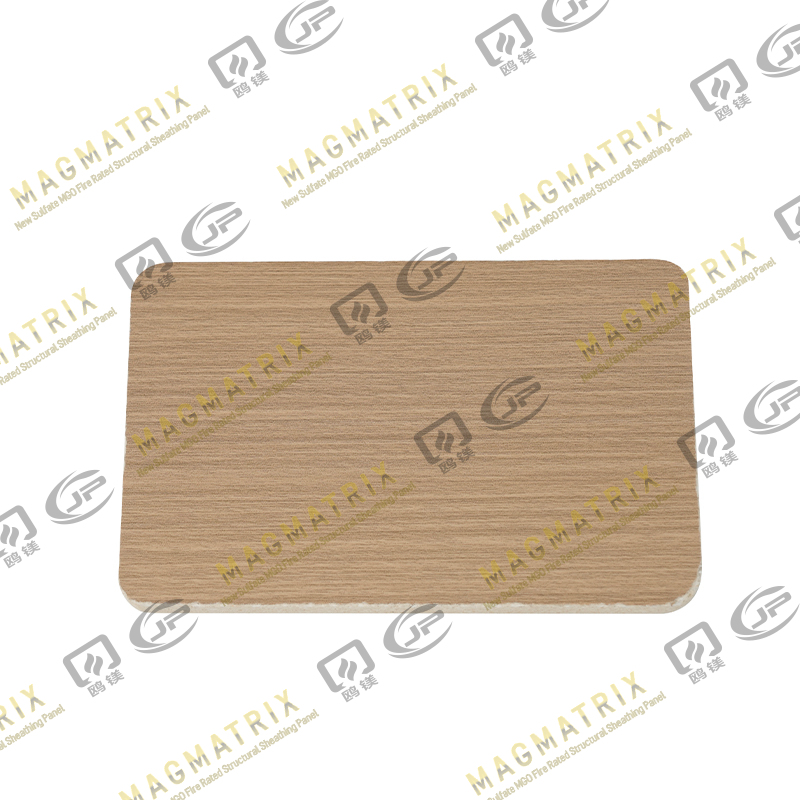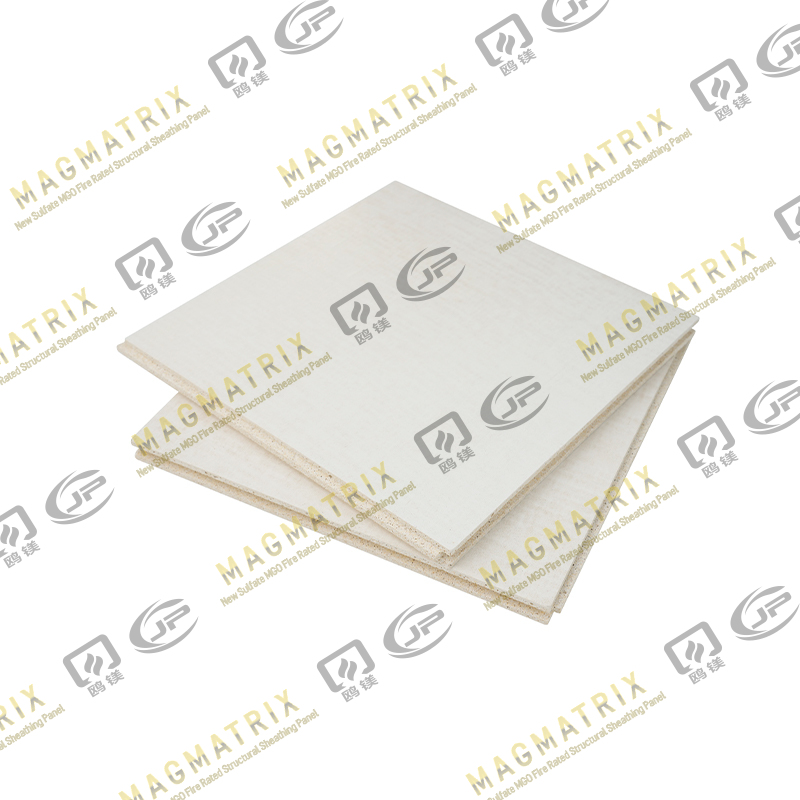When designing or renovating moisture-prone spaces, material choice is paramount. One misstep can lead to a cascade of issues—mold proliferation, structural degradation, and costly repairs. Enter Magnesium Oxide board, more commonly known as MgO board. A rising star in the world of construction materials, this high-performance alternative to traditional drywall is garnering serious attention for its durability and resistance to environmental stressors.
But how does it perform in wet or high-humidity environments like bathrooms?
A Naturally Resilient Composition
Unlike gypsum or wood-based boards, MgO board is non-organic. Composed of magnesium oxide, magnesium chloride, perlite, and fiberglass mesh, it resists water absorption at a molecular level. That means it doesn’t swell, warp, or deteriorate when exposed to moisture—making it inherently more stable than conventional building substrates.
In bathrooms where steam, splashes, and high humidity are a daily occurrence, this resistance is a game-changer.
Mold and Mildew Don’t Stand a Chance
Mold needs organic matter to grow. MgO board doesn’t provide it. That alone makes it a compelling option for environments where fungal growth is not just unsightly—it’s a health hazard. Unlike paper-faced drywall, which can become a breeding ground for spores, MgO board remains inhospitable to microbial life.
This characteristic is not just beneficial—it’s essential for long-term indoor air quality in enclosed, high-humidity spaces.

Dimensional Stability Under Pressure
In conditions where lesser materials fail, MgO board holds firm. It remains dimensionally stable, resisting expansion, contraction, and delamination—issues that commonly plague fiber cement or gypsum alternatives. Whether it's a steam-heavy master bathroom or a commercial spa facility, MgO boards maintain their integrity over time.
That’s a long-term investment in structural reliability.
Easy Integration, Broad Compatibility
MgO board can be used behind tiles, under flooring, or as a substrate for waterproofing membranes. Its compatibility with standard adhesives, sealants, and finishing products means you don’t have to overhaul your entire workflow to incorporate it. Installation is straightforward, and it can be cut, fastened, and finished using tools common to any construction site.
In essence, it integrates seamlessly—without compromise.
Considerations for Best Performance
While MgO board is moisture-resistant, it is not a substitute for proper waterproofing. In bathrooms, especially in wet zones like shower enclosures, pairing MgO board with a waterproof membrane or sealant system ensures the highest level of protection. Think of MgO as a formidable first line of defense—one that performs best when integrated into a complete moisture management system.
A Smart Solution for Wet Environments
Yes—MgO board is not only suitable for wet or high-humidity environments like bathrooms; it thrives in them. Its inherent resistance to moisture, mold, and structural degradation sets it apart from traditional materials. When used correctly, it provides a robust, long-lasting foundation that elevates both performance and peace of mind.
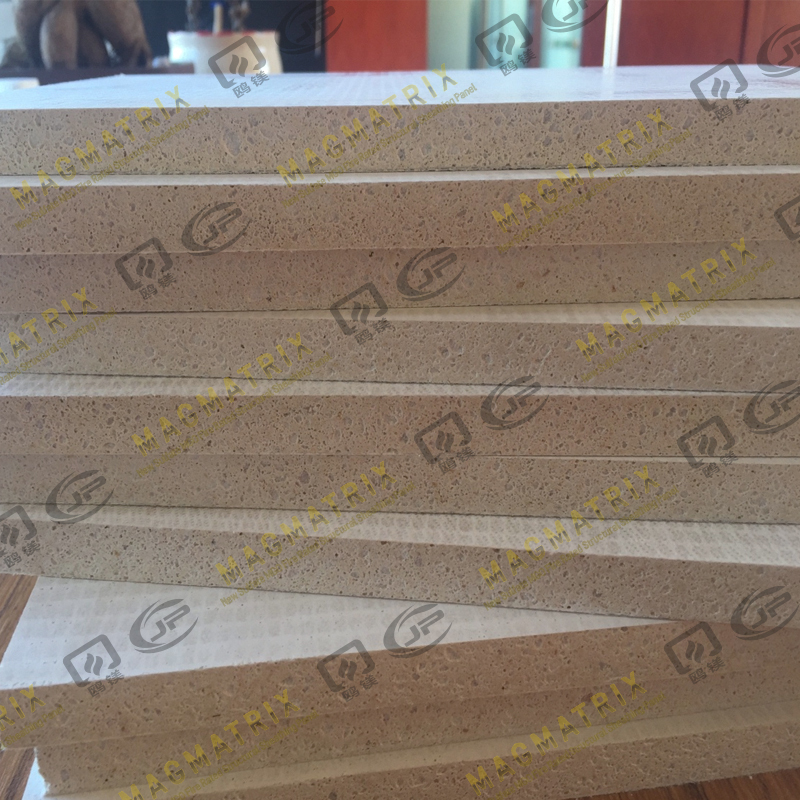 BMSC 517 New Sulfate MgO Board
BMSC 517 New Sulfate MgO Board Multi-Support MgO Wall Sheathing Board
Multi-Support MgO Wall Sheathing Board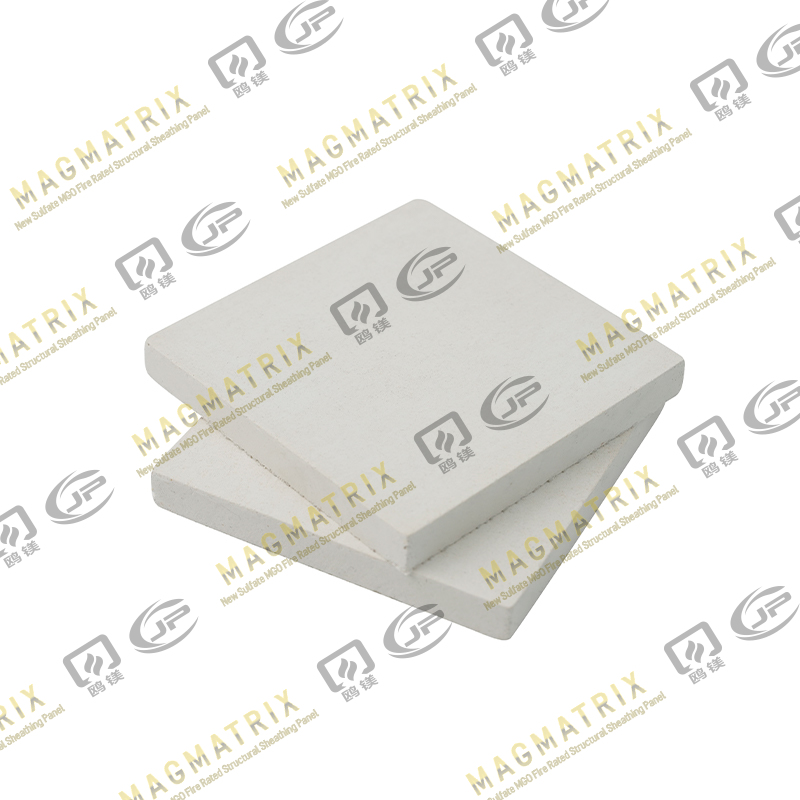 Perseverance MgO Wall Sheathing Board
Perseverance MgO Wall Sheathing Board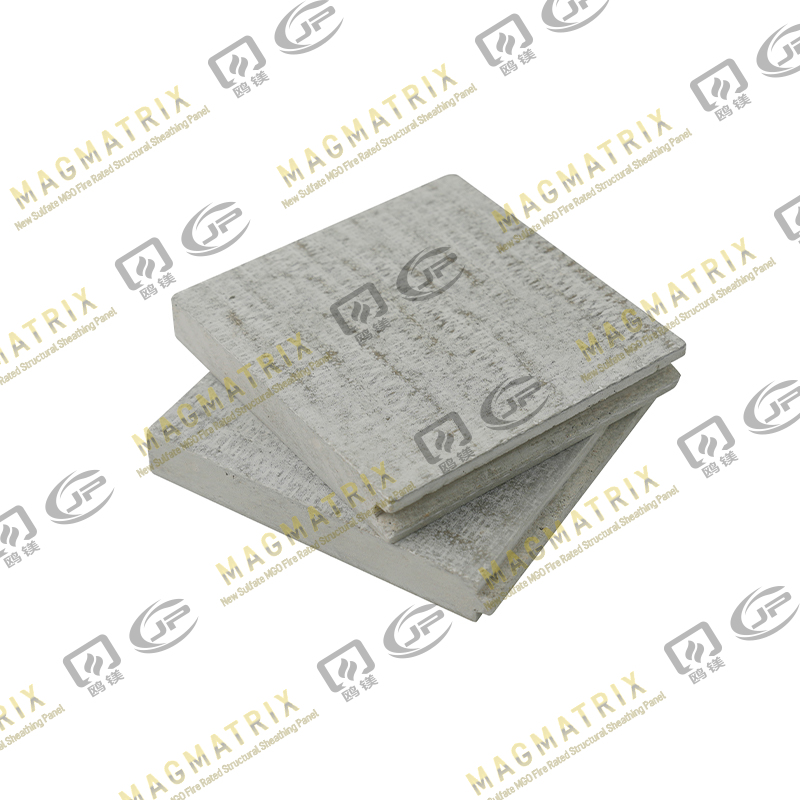 Multi-Support MgO Subfloor Sheathing Board
Multi-Support MgO Subfloor Sheathing Board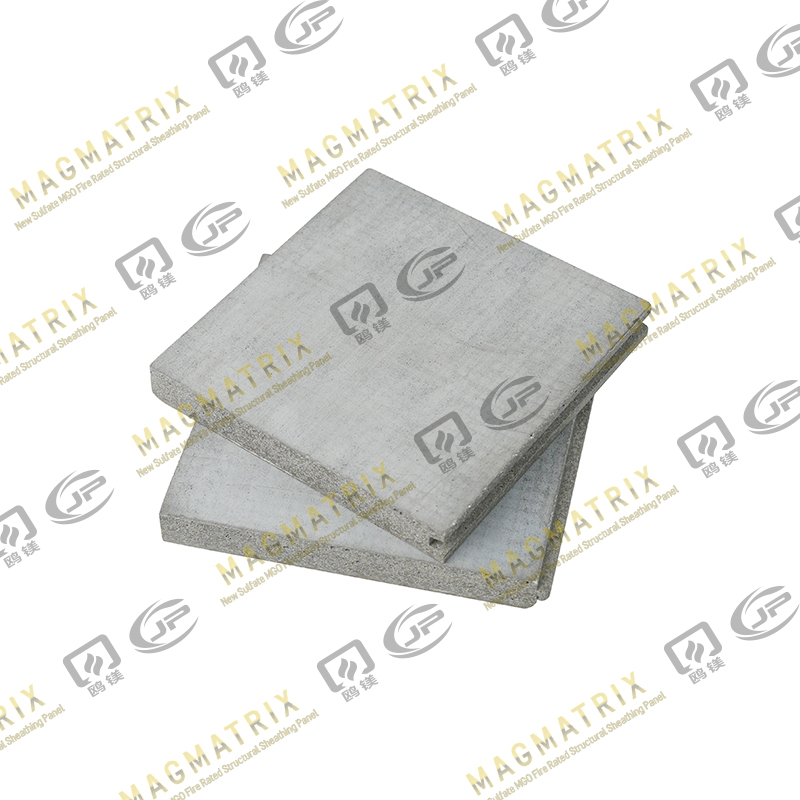 Perseverance MgO Subfloor Sheathing Board
Perseverance MgO Subfloor Sheathing Board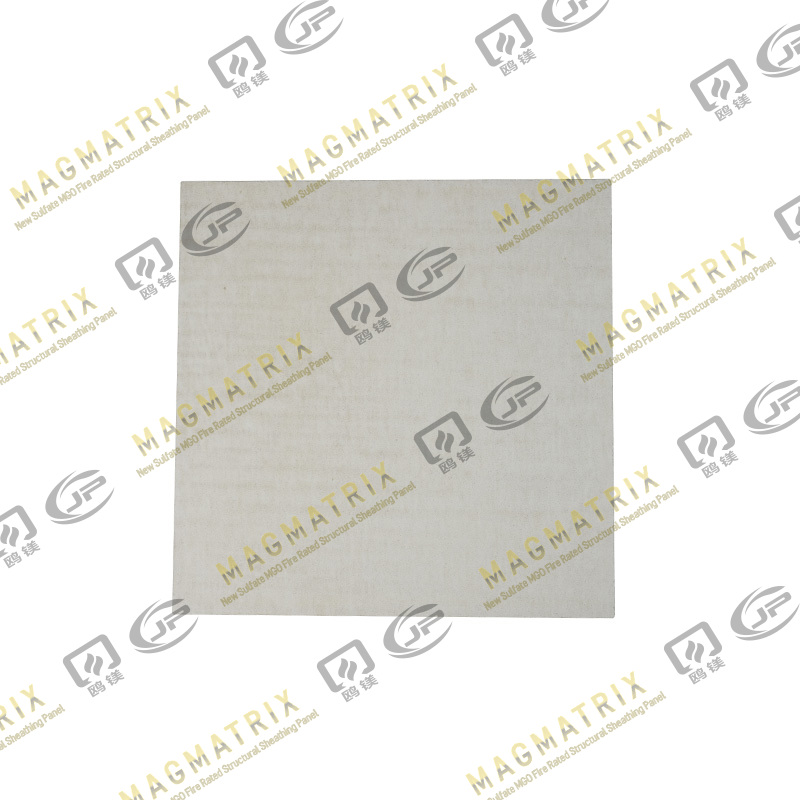 MagMatrix MgO Underlayment Panel/board
MagMatrix MgO Underlayment Panel/board


 English
English русский
русский Español
Español
